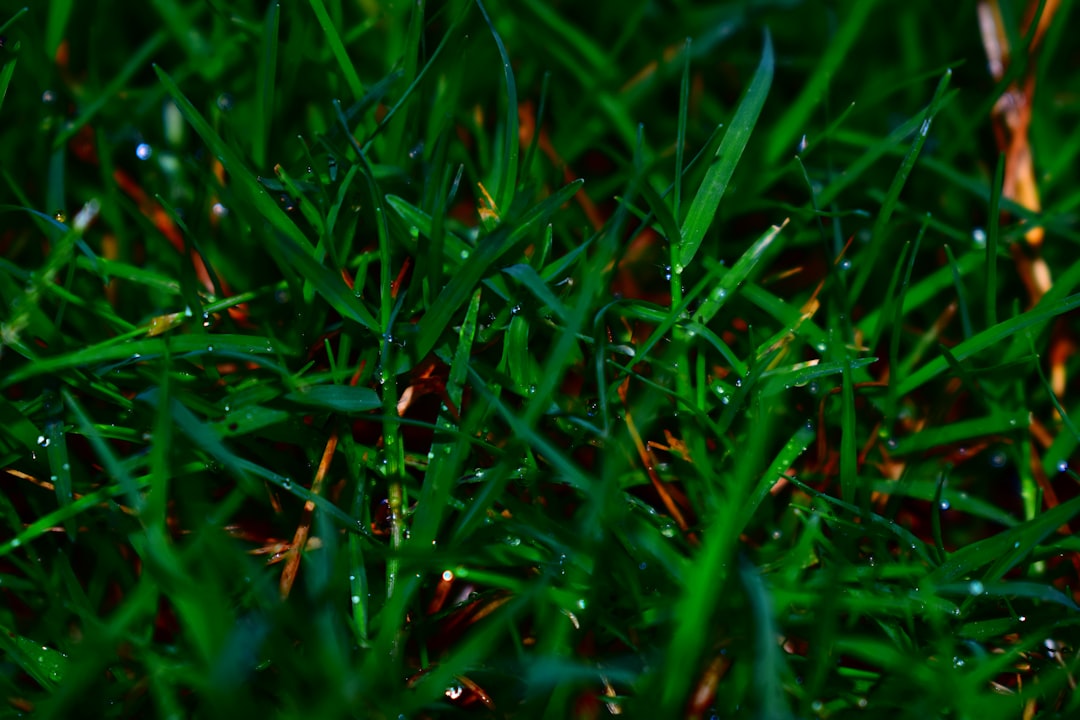The Art of Broccoli Cultivation: A Guide to Success

Edible gardening is a rewarding endeavor, and growing broccoli is a great addition to any vegetable garden. Broccoli, a member of the Brassica family, is not only delicious but also packed with nutrients. In this article, we will explore essential tips for growing broccoli, including when to plant and how to choose the right variety for your climate.
When to Plant Broccoli
The timing of planting broccoli is crucial for a successful harvest. Broccoli is a cool - season crop, which means it thrives in cooler temperatures. In general, you can plant broccoli in the early spring or late summer for a fall harvest.
For a spring planting, start seeds indoors about 6 - 8 weeks before the last expected frost date in your area. Once the seedlings have developed a few true leaves and the soil has warmed up slightly, they can be transplanted outdoors. This usually occurs when the soil temperature reaches around 40 - 45°F (4 - 7°C).
If you're aiming for a fall harvest, sow the seeds directly in the garden about 85 - 100 days before the first expected frost. This gives the plants enough time to grow and mature before the cold weather sets in. Keep in mind that the heat of summer can sometimes stress broccoli plants, so it's important to provide some shade during the hottest part of the day if necessary.
Choosing the Right Variety
There are several different varieties of broccoli available, and choosing the right one for your climate is essential. Some varieties are better suited for cooler climates, while others can tolerate warmer temperatures.
Early Varieties
Early - maturing varieties are ideal for areas with short growing seasons or for those who want to harvest their broccoli earlier. These varieties typically take around 50 - 60 days from transplanting to harvest. Examples of early varieties include 'Green Magic' and 'Premium Crop'. They are known for their compact heads and good flavor.
Mid - Season Varieties
Mid - season varieties usually take 60 - 70 days to mature. They often produce larger heads compared to early varieties. 'Packman' is a popular mid - season variety that is known for its high yields and excellent disease resistance. It can handle a wider range of temperatures, making it a versatile choice for many gardeners.
Late - Season Varieties
Late - season varieties are best for areas with long, cool growing seasons. They take 70 - 90 days or more to mature. 'DeCicco' is a well - known late - season variety. It produces multiple side shoots after the main head is harvested, providing a continuous supply of broccoli throughout the season.
Soil and Sun Requirements
Broccoli prefers well - drained, fertile soil with a pH between 6.0 and 7.5. Before planting, amend the soil with compost or well - rotted manure to improve its texture and fertility. This will provide the plants with the necessary nutrients for healthy growth.
Broccoli also needs plenty of sunlight. Aim to plant it in an area that receives at least 6 hours of direct sunlight per day. However, in extremely hot climates, some afternoon shade can help prevent the plants from bolting (going to seed prematurely).
Watering and Fertilizing
Consistent watering is important for broccoli plants. Keep the soil evenly moist, but not waterlogged. A good rule of thumb is to provide about 1 - 1.5 inches of water per week, either through rainfall or irrigation. During dry spells, you may need to water more frequently.
Fertilize your broccoli plants regularly. A balanced fertilizer, such as a 10 - 10 - 10 or 12 - 12 - 12, can be applied at the time of planting and then every 3 - 4 weeks throughout the growing season. You can also use a side - dressing of compost or manure to provide additional nutrients.
Pest and Disease Management
Broccoli is susceptible to several pests and diseases. Common pests include aphids, cabbage worms, and flea beetles. To control aphids, you can spray the plants with a strong stream of water or use insecticidal soap. Cabbage worms can be hand - picked off the plants or controlled with Bacillus thuringiensis (Bt), a natural bacteria that targets caterpillars. Flea beetles can be deterred by using floating row covers.
Diseases such as clubroot, black rot, and downy mildew can also affect broccoli. To prevent these diseases, practice crop rotation, keep the garden clean, and avoid over - watering. If necessary, use fungicides according to the manufacturer's instructions.
Harvesting Broccoli
Broccoli is ready to harvest when the heads are firm, tight, and dark green. The main head should be cut off with a sharp knife, leaving about 5 - 6 inches of stem attached. After the main head is harvested, many varieties will produce side shoots that can be harvested later. These side shoots are smaller but just as delicious.
In conclusion, growing broccoli can be a fulfilling experience. By following these essential tips on planting, variety selection, soil management, and pest control, you can enjoy a bountiful harvest of this nutritious vegetable in your own garden.